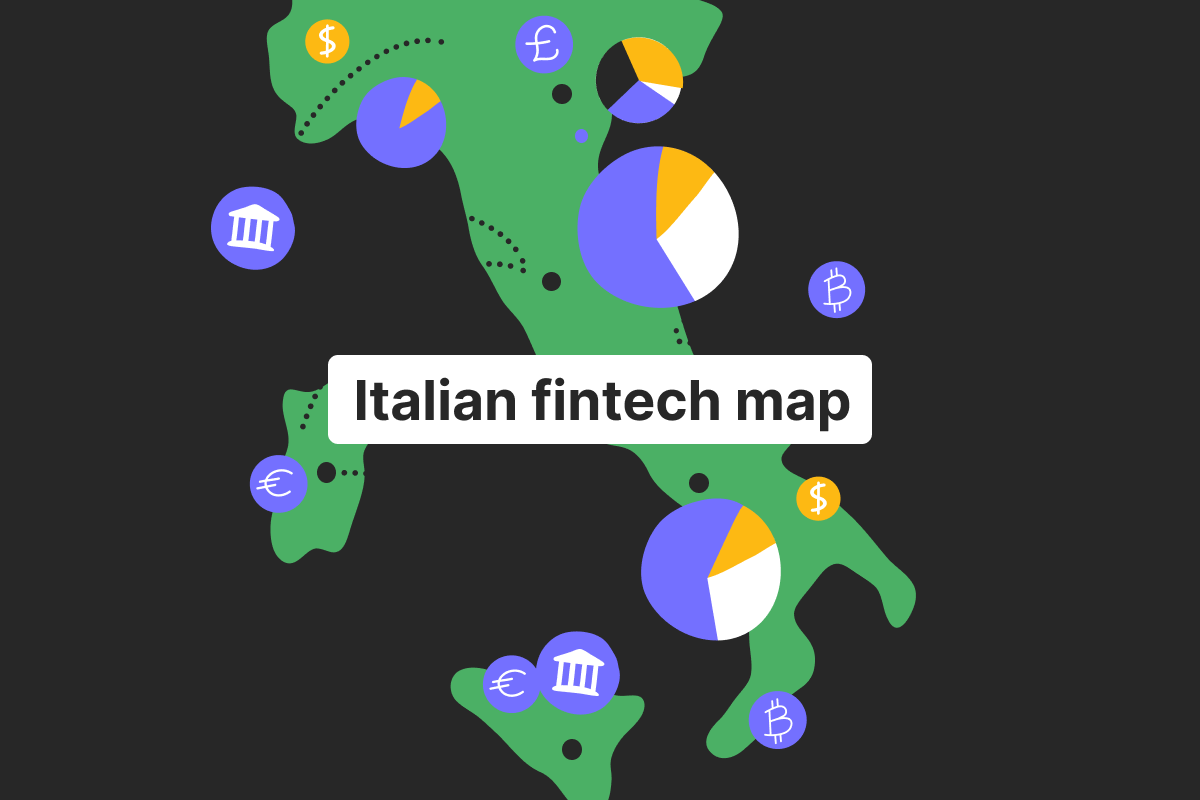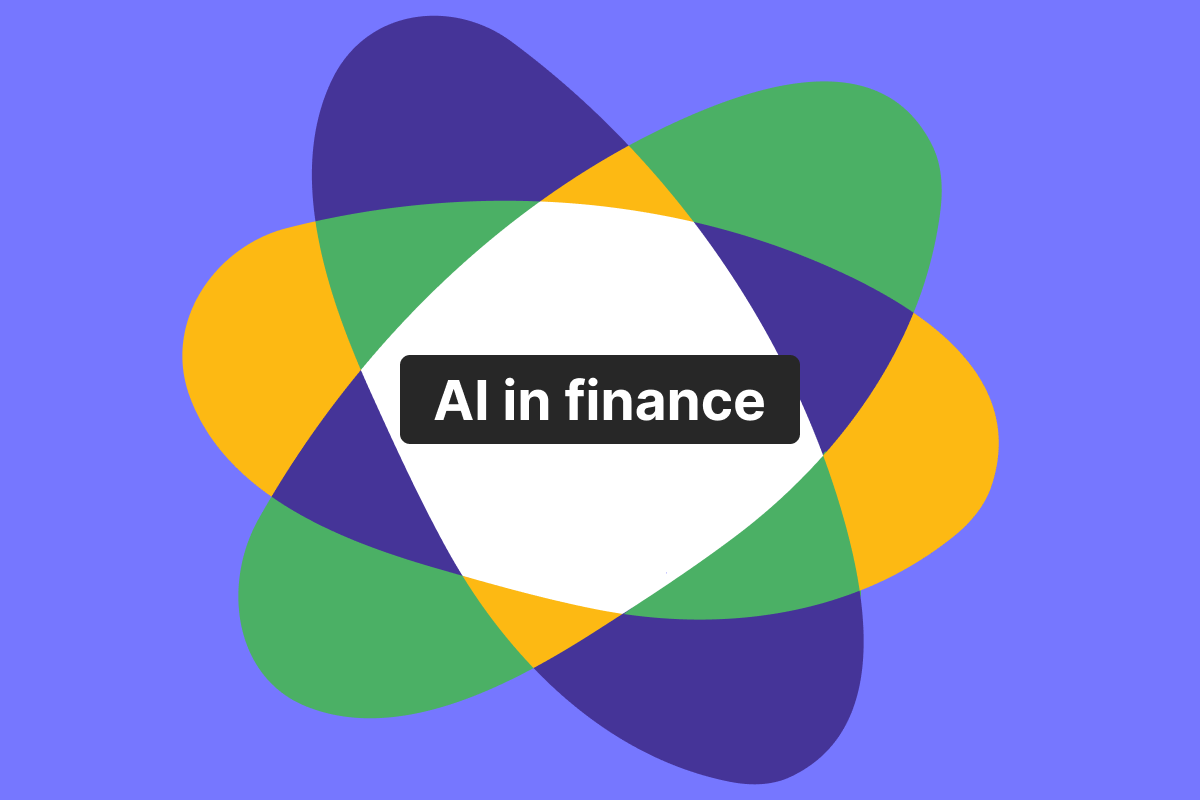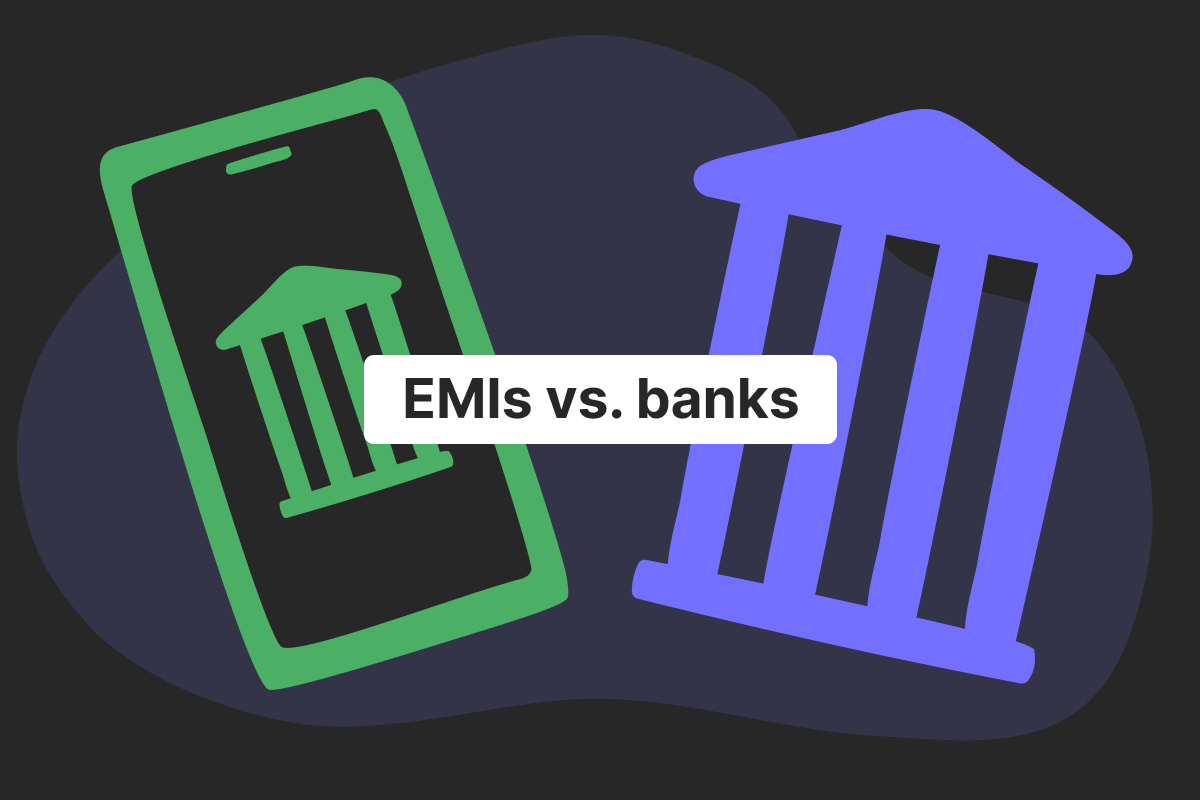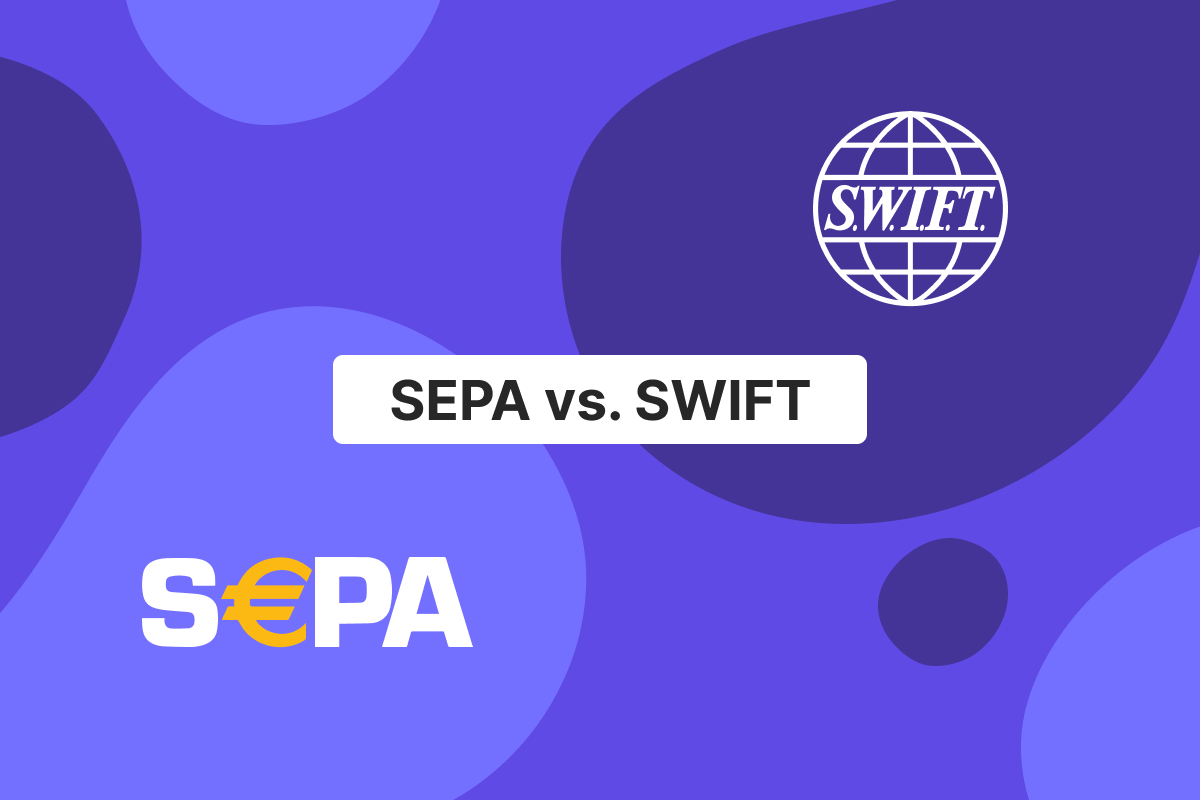The Italian fintech map for 2025 shows an exciting scene where several key factors are set to capture our attention. To start with, the Bank of Italy oversees the PSD2 (Payment Services Directive 2), which has been created to boost the payments market by encouraging innovation and security in the fintech sector.
SEPA adoption is ramping up here, with instant credit transfers to be made available this year, creating a new challenge for banking apps that the Italian fintech companies will be looking to resolve.
This European country has seen tremendous growth in its digital banking culture. With more people using their mobile devices to handle their money, the fintech companies operating in Italy need to find ways to support and enhance this transformation process.
The upcoming SiGMA Rome event is another reason why the fintech sector in Italy is set for a big year, so we’ll be looking at these and other factors.
Why Italy’s fintech scene matters in 2025
The growth in digital payments and challenger banks is among the key aspects that have given the Italian fintech ecosystem a boost recently. With more users deciding to send money from their smartphones or laptops, this has led to fintech companies looking for new ways to cope with the increasing demand.
This growth has been helped by government and regulatory support. The Italian government supports fintech and open banking through regulations such as the EU’s Payment Services Directive (PSD2).
Milan is a leading city in the Italian fintech sector, with the Milan fintech summit offering networking opportunities and the possibility of greater collaboration among the leading developers and companies.�
A strategic location
We also need to take into account the strategic importance of Italy’s location in Southern Europe, where the fintech solutions with Italian roots can expand into Europe and further afield to emerging markets elsewhere.
Fintech trends, including embedded finance and instant payments, have put the fintech world in the spotlight. As more digital innovation becomes part of our daily lives, we can expect the more prominent companies in the country to grow further.
Open an account
in Genome online
Top Italian fintech categories and leading companies
When we look at the dynamic and disruptive nature of Italian fintech companies, we can see that they have made an impact in various sectors. By looking at a few of the leading names in each category, we can see how diverse this sector now is.
Digital banking & neobanks
Banca Widiba, Hype and Flowe are among the banks driving innovation in Italy. With the digital approach and neobanks revolutionising banking across the planet, these banks are helping the digital transformation in Italy.
Payments and transfers
Satispay, BANCOMAT Pay, and Nexi are all involved in the payments and transfers part of the fintech industry. With instant transactions, automated bill payments, and other processes leading the way, a deep dive into this sector reveals a positive outlook.
Lending and Buy Now, Pay Later (BNPL)
Those fintech companies with a particular focus on BNPL are rapidly gaining traction in the Italian market. There’s a strong ecommerce scene here, where the option to buy now, pay later (BNPL) payment method is available. Despite the challenges faced by this industry, Opyn and Scalapay are among the leading names.
WealthTech & investment apps
In this group, we can find fintech leaders who attract investments to make a mark in the expanding WealthTech sector. Objectway and eWibe are a couple of the leading names, with each of them taking a different approach to helping users grow their wealth.
Crypto & blockchain startups
The blockchain has proved to be highly effective in helping people in underbanked regions access financial solutions, but has also given users across Italy a new way of handling their cash. Among the evolving fintech trends in the country, we can see companies like Balzo SRL, Blockchain Italia, and Colata Studio all making waves.
RegTech & KYC solutions
Trustfull and Fido are companies that are helping make Italy a fintech hub in the regtech sector. These companies use the latest technology, such as artificial intelligence, to make it easier for companies in various industries to achieve regulatory compliance.
Fintech map in Italy
Across the Italian fintech map, there are several key cities and regions.
Milan. The country’s financial capital, the fintech district in Milan, is home to most top fintechs. It also hosts the Milan Fintech Summit, which is a leading international event focused on fostering business networking opportunities and facilitating meetings between fintech experts.
Rome. The Italian capital is crucial to digital innovation in the country thanks to its fintech district. It’s where regulatory and institutional support is based. There’s also a growing startup presence and fintech spirit here. The SiGMA conference is a significant event in Rome that helps to establish the city as one of the leading European hubs.
Turin, Bologna, Naples: Other emerging tech scenes. Each of these Italian cities has contributed in different ways to the emergence of fintech in the country. For example, Turin is facing the transition from its industrial heritage to a more modern outlook by embracing the latest technology.
Open an account
in Genome online
Italian fintech trends
The established fintech ecosystems in the country should continue to be expected. By focusing on how emerging markets are offering new opportunities, we can see Italy rising to the challenge.
Open Banking adoption. With an estimated seven million digital banking users expected to rise to over eight and a half million by 2028, open banking has captured the fintech spirit of rapid, sustainable growth.
Embedded payments and BaaS. By integrating payments and other financial services onto business platforms, this sector is transforming the fintech landscape.
Regulatory focus on AML and crypto transparency, as well as social and environmental goals. No comprehensive overview of the fintech landscape in Italy is complete without considering the regulatory issues. A strong focus on money laundering and transparency allows fintech companies to present a safe image.
AI use in fraud detection and finance. Artificial intelligence is proving to be extremely useful in helping reduce the risk of fraud in the fintech world.
Rising demand for multi-currency and international payment tools. Business international transfers and payments provide one of the key challenges for banks currently, with innovative fintech solutions leading the way forward.
Genome in Italian fintech
Genome is a cross-border electronic money institution licensed and supervised by the Bank of Lithuania. We offer a wide range of useful fintech services. Multi-currency accounts, SEPA Instant Transfers, and payment APIs are among the most useful features provided.
With a secure and fully-compliant set-up, it’s easy to get started, as all the onboarding procedures are carried out online. This means that both Italian businesses and individuals can use Genome’s services to handle their financial needs. Access our financial features online – via web or the Genome app.
Our presence at the most relevant European fintech events keeps us involved in the key sessions and networking with experts in different fields, including iGaming. For instance, our team will be heading to the SiGMA conference in Rome, where notable business representatives will look to foster collaboration in the iGaming industry.
If you are interested in tailor-made financial solutions for iGaming, it is a place to meet us at! You can learn about our:
API for simplified payouts and pay-ins with webhooks that enable instant notifications about C2B payments.
SEPA Credit and Instant Transfers for regular payments and batch transfers.
Virtual and physical Visa cards that can be issued for various types of business expenses.






